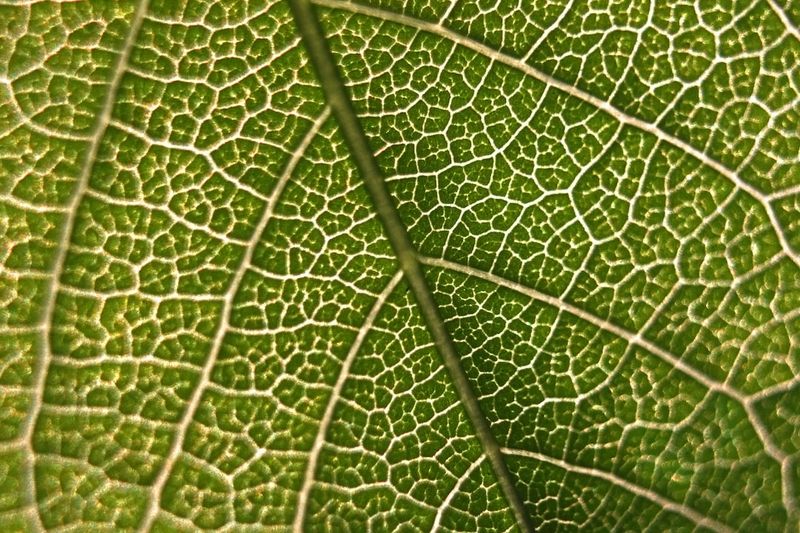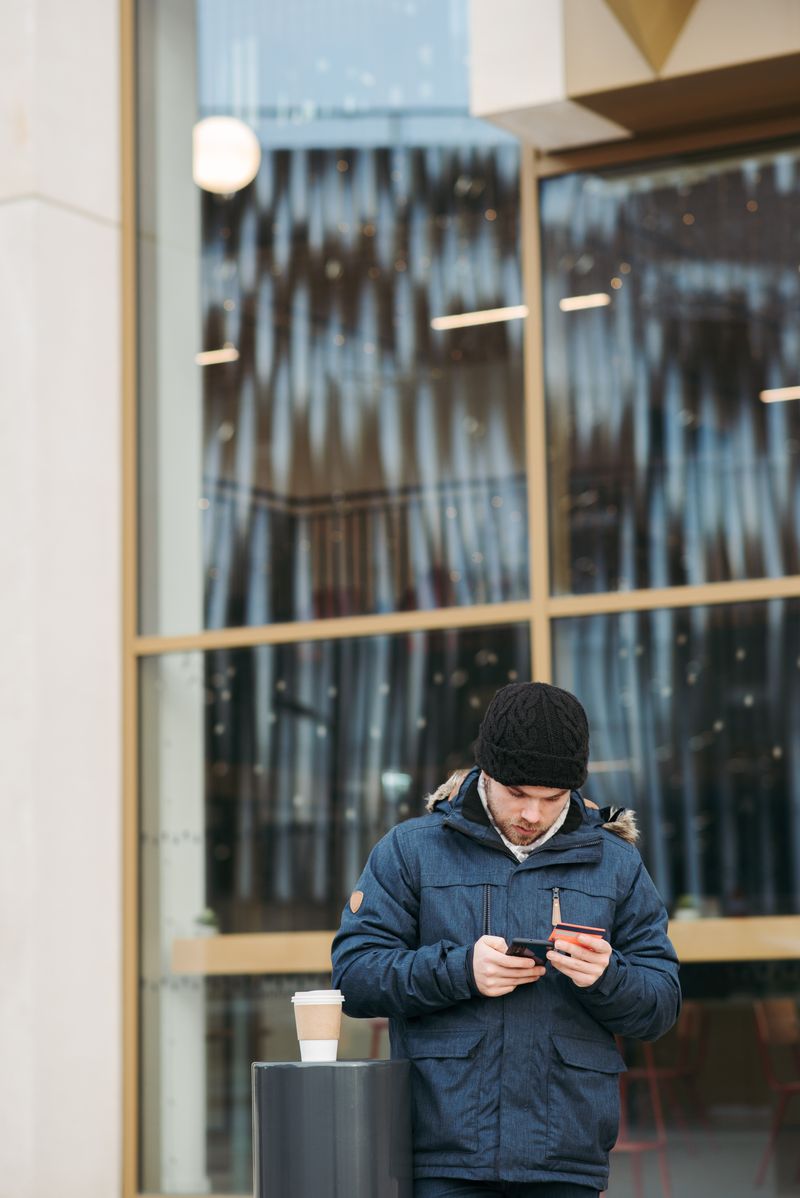Inside the DIY Race to Replicate LK-99: Experts Doubt Claims of Room-Temperature Superconductor
The Promise of LK-99
The scientific community and DIY enthusiasts alike are captivated by the possible discovery of a room-temperature superconductor called LK-99. This remarkable material, if proven to exist, could revolutionize various industries, from transportation to quantum technology. The excitement surrounding LK-99 began when a group of South Korean researchers claimed to have found evidence of room-temperature superconductivity in a preprint published on ArXiv. LK-99 allegedly exhibited properties of superconductivity at room temperature and atmospheric pressure, including a video showing the material levitating above a magnet. This groundbreaking claim, if true, could lead to game-changing advancements, such as resistanceless power lines, levitating trains, and powerful quantum devices.
The Skepticism and Doubts
Despite the initial excitement, experts remain skeptical of the claims made by the South Korean researchers. Multiple versions of the LK-99 paper with inconsistent data have been published online, indicating internal disagreements among the authors. Moreover, the researchers lack comprehensive tests typically employed to confirm superconductivity. The scientific community has witnessed numerous spurious claims regarding superconductivity over the years, leading some physicists to joke about “unidentified superconducting objects” (USOs).
Richard Greene, a condensed matter physicist at the University of Maryland, explains that there are likely alternative explanations for the levitation phenomenon observed in LK-99. He suggests that magnetic properties in the compound’s non-superconducting state could account for the levitating effect. Greene emphasizes that while experts doubt the existence of LK-99, it is crucial to investigate the claim thoroughly. Throughout his career, he has witnessed unexpected advancements originating from puzzling papers, often authored by outsiders exploring uncharted compounds. These unexpected discoveries have frequently led to groundbreaking applications and technologies.
The DIY Race to Replicate LK-99
The allure of LK-99 has inspired a race to replicate the material in both professional laboratories and DIY settings. Andrew McCalip, an engineer at Varda Space Industries, became captivated by the possibility of room-temperature superconductivity and decided to make LK-99 in his startup’s lab. McCalip’s journey began with a quest to acquire the necessary ingredients, including red phosphorus and other compounds. These materials are crucial for synthesizing the components of LK-99. Despite the challenging nature of the endeavor, McCalip garnered significant support and ideas from his followers on social media.
The Challenges of Replicating LK-99
Making LK-99 is not a simple task, but McCalip and his colleagues possessed the appropriate equipment, such as furnaces and vacuum systems, at their El Segundo, California-based lab. The process involves synthesizing copper phosphide by combining red phosphorus and copper. Additionally, lead sulfate and lead oxide are mixed and heated to create lanarkite, a mineral crucial for LK-99 synthesis. The copper phosphide and lanarkite are then mixed, blasted with heat, and cooled to produce a compound similar to lead apatite but with some copper replacing lead atoms.
McCalip encountered challenges since the researchers behind LK-99 failed to provide crucial instructions in their recipe. To fill in the gaps, he relied on a patent filing and sought leads from peers and the South Korean researchers themselves. The precise arrangement of atoms within LK-99 is likely the key to its alleged superconductivity. The researchers proposed that replacing certain lead atoms with copper shrinks the crystal lattice, creating internal tension that may induce superconductivity.
The Impact of the DIY Efforts
While professional physicists often work in private to replicate experiments, McCalip chose to conduct his work publicly, sharing the process through a Twitch livestream. The DIY enthusiast hoped to capture evidence of the Meissner effect, which results in levitation, and planned to bring the sample to a material science lab at the University of Southern California for further testing.
Regardless of the outcome, McCalip’s efforts underscore the nature of scientific inquiry. His quest to replicate LK-99 is just one step in the journey towards understanding this intriguing material. Many more replications and investigations will follow, and the scientific community eagerly awaits further developments.
Editorial: Balancing Enthusiasm and Skepticism in Scientific Advancements
The race to replicate LK-99 demonstrates the simultaneous excitement and skepticism that accompany groundbreaking scientific claims. The allure of room-temperature superconductivity captivates researchers and enthusiasts alike, fueling the desire to unlock its potential applications. However, it is essential to maintain a balance between enthusiasm and cautious skepticism in such endeavors.
The scientific community has witnessed numerous instances of false claims and spurious results. Rigorous testing, peer review, and replication are vital to ensure the credibility of scientific discoveries. While the initial enthusiasm surrounding LK-99 is understandable, it is crucial to approach such claims with a healthy dose of skepticism until they are thoroughly validated.
Scientific progress often emerges from unexpected sources, and outsiders have contributed significant breakthroughs in the past. Nonetheless, the scientific method requires rigorous examination and empirical evidence to establish the validity of claims. As researchers continue to explore the possibility of room-temperature superconductivity, it is essential to strike a balance between embracing innovation and maintaining scientific rigor.
Advice for DIY Enthusiasts
For DIY enthusiasts like Andrew McCalip, participating in scientific pursuits can be an exhilarating and rewarding experience. It is crucial to approach such endeavors with a clear understanding of the challenges and limitations involved. Here are a few key considerations for DIY enthusiasts engaging in scientific experimentation:
1. Acquire Adequate Knowledge
Before embarking on a scientific project, ensure you possess a solid understanding of the subject matter. Familiarize yourself with relevant scientific principles, methodologies, and safety protocols. Continuously seek knowledge from credible sources to enhance your understanding.
2. Collaborate and Seek Expert Advice
Engage with experts and professionals in the field to gain insights, guidance, and assistance. Collaborating with knowledgeable individuals can help overcome challenges and enhance the quality and validity of your experiments.
3. Prioritize Safety
Always prioritize safety when conducting experiments. Familiarize yourself with proper laboratory practices, equipment handling, and safety protocols. Use appropriate safety equipment, such as gloves, goggles, and protective clothing, when necessary.
4. Embrace Skepticism
Maintain a healthy level of skepticism throughout the scientific process. Be open to questioning and critical analysis. Approach your experiments and results with objectivity, seeking to understand and learn from both successes and failures.
5. Share and Collaborate
Share your findings, experiments, and challenges with the scientific community. Engage in discussions, seek feedback, and consider collaborating with others. The collective knowledge and insights of a community can enrich your understanding and contribute to scientific progress.
In conclusion, DIY enthusiasts like Andrew McCalip play an important role in scientific exploration and discovery. By embracing scientific rigor, collaboration, and a balance between enthusiasm and skepticism, they can contribute not only to scientific advancements but also to their personal growth and the overall advancement of knowledge.

<< photo by Vadim Gromov >>
The image is for illustrative purposes only and does not depict the actual situation.
You might want to read !
- The Revolutionary Power of LK-99: Exploring the Potential of a “Magical” Superconductor
- Love Island’s Ekin-Su Cülcüloğlu and Davide Sanclimenti: The End of a Reality Show Romance
- Exploring the Rich Traditions and Rituals of Eid Al-Adha: A Celebration of Faith and Sacrifice
- Disney+ Unveils the Marvel Cinematic Universe’s New Chronological Sequence with Guardians of the …
- Legendary Italian Goalkeeper Gianluigi Buffon Retires at Age 45: A Farewell to a Football Icon
- Battle at the San Siro: AC Milan vs Barcelona – Live Stream, TV Channel, Kick-Off Time and More




